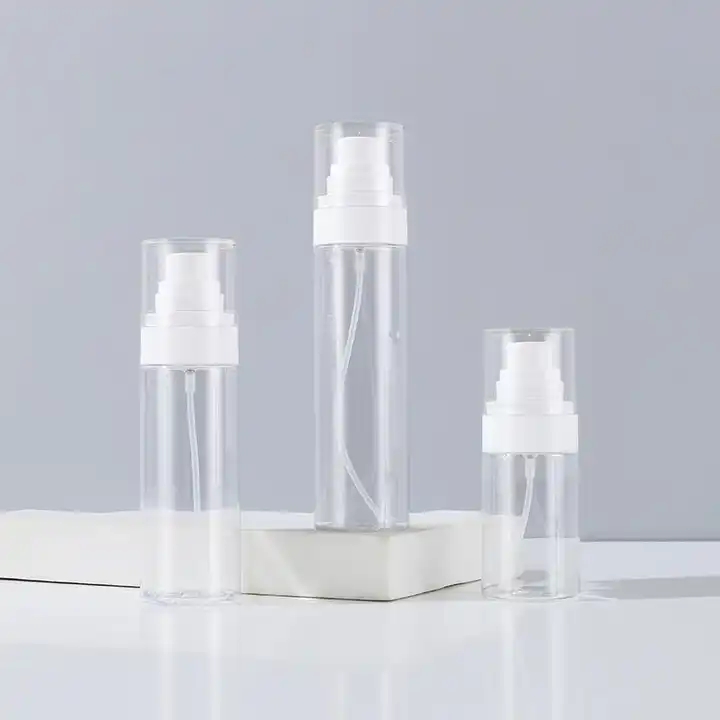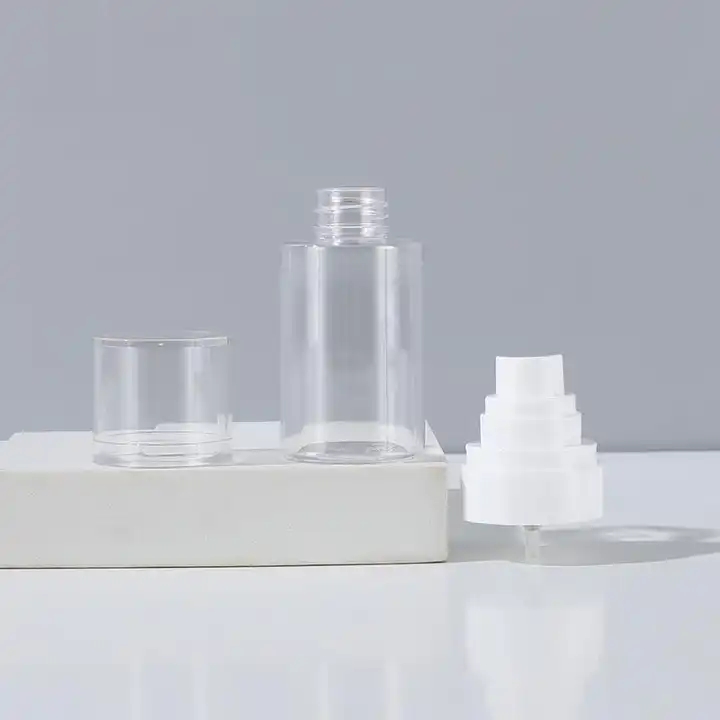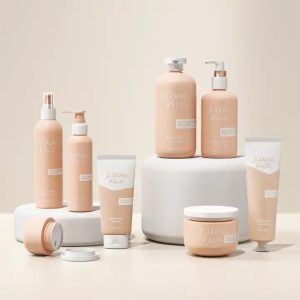The Role of Plastic Cosmetic Bottles in Beauty: Types, Innovations, and Sustainability
Understanding Plastic Cosmetic Bottles
Plastic cosmetic bottles serve as the backbone of the beauty industry, providing a myriad of solutions for storing and dispensing various skincare and beauty products. An exploration of their types, innovations, and environmental impact sheds light on their multifaceted significance.
Types of Plastic Cosmetic Bottles
PET Bottles (Polyethylene Terephthalate): PET bottles, valued for their transparency and durability, are a popular choice for housing liquids such as toners, serums, and cleansers. Their lightweight design contributes to their widespread use in travel-sized packaging.
HDPE Bottles (High-Density Polyethylene): Recognized for their chemical resistance and robustness, HDPE bottles are often employed for creams, lotions, and body washes. Their durability ensures product integrity and safety.
PP Bottles (Polypropylene): PP bottles, known for their versatility and ability to withstand high temperatures, are commonly used for oils, serums, and hair care products. Their recyclability aligns with the industry’s sustainability objectives.
Innovative Features and Design
Plastic cosmetic bottles are meticulously designed to optimize functionality and user experience. Key design elements include:
Dispensing Mechanisms: Varieties like pump dispensers, flip caps, and sprayers offer precise and controlled product release, minimizing wastage and preserving product quality.
Customizable Shapes and Sizes: Ranging from sleek and portable to distinctive shapes, bottles cater to diverse product types and consumer preferences, providing sizes suitable for various usage needs.
Environmental Sustainability
Addressing the environmental impact of plastic cosmetic bottles is pivotal. Industry efforts focus on:
Recycling Initiatives: Many manufacturers incorporate recycled materials into bottle production, supporting circularity and reducing the reliance on virgin plastic.
Biodegradable Alternatives: Research into biodegradable plastics derived from renewable sources aims to create eco-friendly options, minimizing the ecological footprint of cosmetic packaging.
Conclusion: Balancing Convenience and Sustainability
Plastic cosmetic bottles play an indispensable role in the beauty industry due to their versatility and functionality. Yet, a collective commitment to sustainable practices, such as recycling and exploring eco-friendly materials, is critical for minimizing their environmental impact.
















